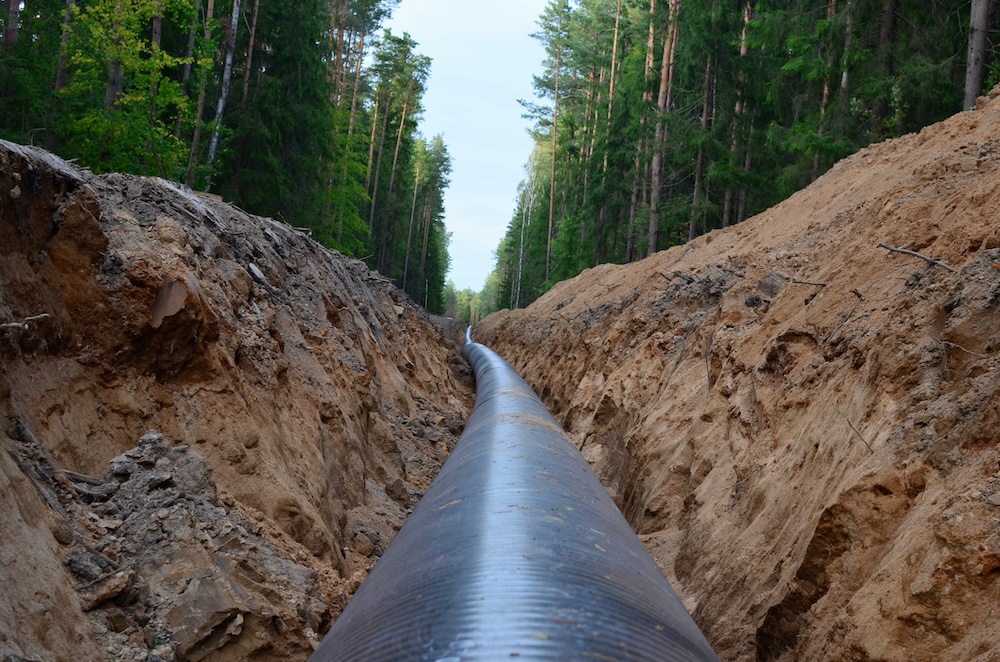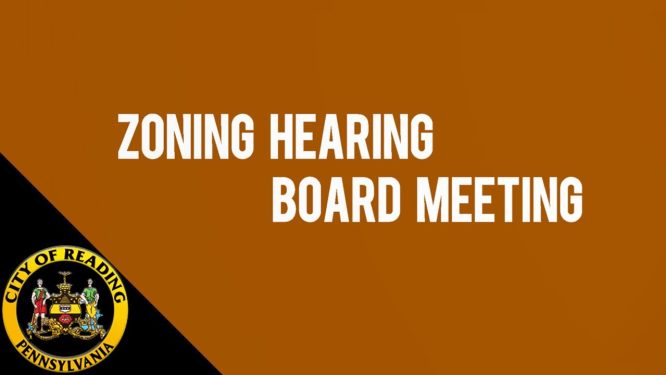Pennsylvania environmental groups want to see a new rule implemented to improve the detection and repair of leaks from gas pipelines.
The Keystone State has over 94,000 miles of pipelines used to transport natural gas.
Rachel Meyer, Ohio River Valley field organizer with the group Moms Clean Air Force, said it’s important that the rule be finalized to improve safety and reduce climate-harming methane emissions.
She added that these pipelines can leak and pose a safety risk to nearby communities.
“When it leaks from pipelines, natural gas contributes to the climate crisis by releasing the potent greenhouse gas methane,” said Meyer. “Natural gas is composed primarily of methane. Methane is 80 times more potent than carbon dioxide during the first 20 years it’s in the atmosphere.”
Meyer pointed out that a recent analysis by the Environmental Defense Fund found gas pipelines nationwide are leaking as much as 2.6 million tons of methane each year, which has the same climate impact as nearly 50 million passenger cars being driven for a year.
The industry argues new regulations would increase costs.
Meyer lives in Independence Township, a rural part of Beaver County in Southwestern Pennsylvania.
She said there are several gas pipelines near her home, and she said she worries about the danger from potential fires and explosions.
Meyer said five years ago, the Revolution gas pipeline exploded just five miles away. It destroyed a family’s home and pets and caused damage to the community.
“The pipeline explosion destroyed at least two acres of the forest and left a 30 feet wide by 25 feet deep crater in the hillside,” said Meyer. “The pipeline was estimated to be about 300 feet from the home that was completely burned.”
In 2022, scientists found that, in neighborhoods of color or with lower-income residents, the average gas-leak density on local distribution pipelines was 37% higher than in predominantly white neighborhoods.




